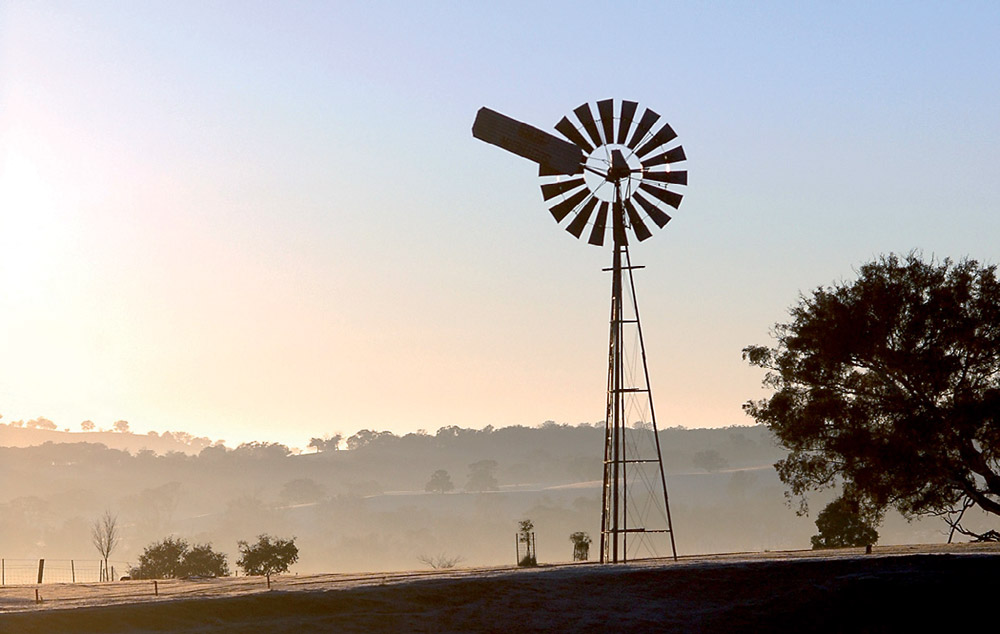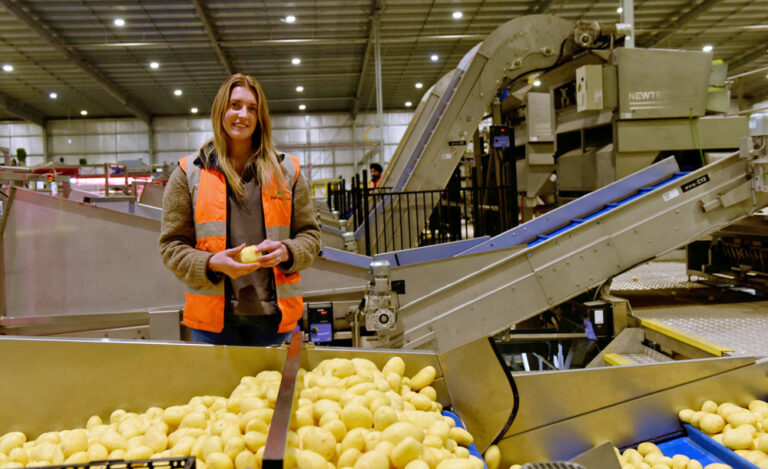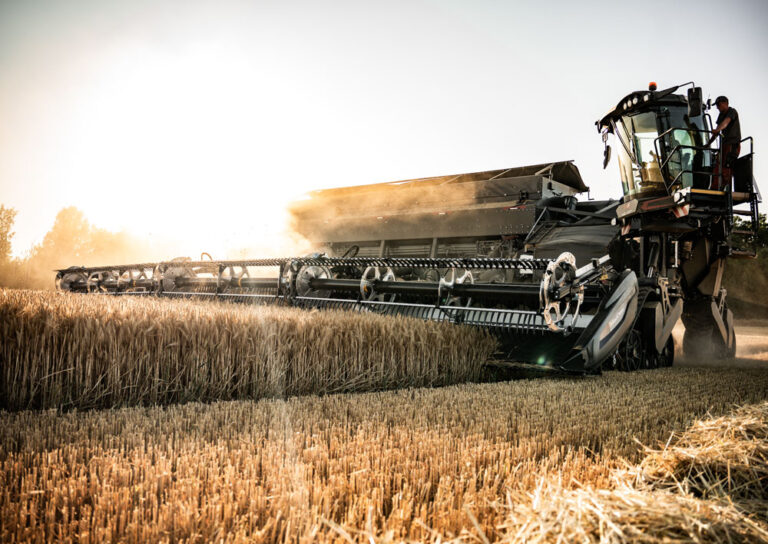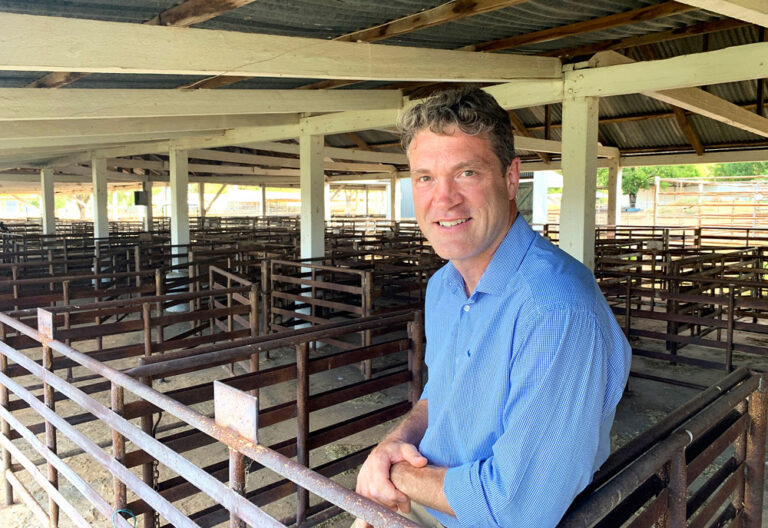Exploring additional export opportunities has never been more critical for Australia’s major agri sectors, as the industry continues to enjoy one of its most successful years on record

According to ANZ’s latest Agri Commodity report, diversification does not mean diluting existing relationships with long term partners, but rather, continually working to build more opportunities.
Mark Bennett, Head of Agribusiness at ANZ said: “While Australia should continue to prioritise our valuable relationship with China, which currently takes just over one third of our agri exports, being dependent on one market can leave industries vulnerable to factors that our outside of their control.”
“Agri sectors that produce perishable goods with a high reliance on one market – such as components of horticulture and aquaculture, including lobster – have the greatest impetus to look at diversifying their trade partners.
“Commodities where Australia is the only large exporter, such as wool, have less urgency but they should still be looking to build new opportunities,” Mr Bennett said.
The report also found that products such as wheat and barley are less vulnerable as they benefit from a reasonably balanced set of exporters and importers globally which means if Australia loses one market, there’s a strong chance that this loss will soon be recovered in another market.
This was demonstrated last year when Australia’s barley exports lost most of the Chinese market due to new tariffs, but experienced increased demand from other markets like Saudi Arabia and Mexico, who had seen some of their trade partners divert supplies to China.
A similar scenario could exist for the lamb industry, where any loss of a major market share to Australia’s largest competitor, New Zealand (NZ), would likely open up other opportunities for Australia in markets where the NZ volume was subsequently reduced.
Australia’s agri exports are well placed to explore new market opportunities as our products will continue to be sought by importers globally, due to our reputation for high quality goods.
Through a positive combination of circumstances, most agri sectors are also seeing some of the highest returns in years.
Notably in grains, sheep and cattle, many producers will now find themselves in a fiscal position to consider debt repayment and possibly to implement new expansions or strategies on their operations, further enhancing the productivity of the sector.
While the high prices are a benefit for many, they also undeniably provide challenges for others, including re-stockers, feedlotters and processors looking for sustainable margins.
Record prices also require re-examination of business strategies.
Prices can fall and consideration should be given to where we are in the cycle, in what is a long-term, capital-intensive industry.
Globally, a number of the issues to watch closely in coming months include trade issues between Australia and China, the change of administration in the US and a pick-up in demand as consumers globally continue their economic recovery from the worst of COVID-19; a pick-up in demand may well flow back through Australian agri trade supply chains.
If 2020 was the year that the agri sector was taken by surprise, yet reacted admirably, then 2021 should be the year where it is positioned not just to build on what it has learned but capitalise on the new opportunities available to it.
If we could just get a good follow-up winter season to assist.
ANZ gives its insight into our recovery
While there has been rapid improvement across economic activity in Australia since the start of the COVID-19 pandemic there is, to quote the RBA Governor, “still quite a way to go.”
As of December, there were 112,000 fewer people in full-time work compared to before the pandemic.
Overall slack in the labour market is still elevated, which is likely to keep wage growth depressed for some time.
This means we are far from reaching the RBA’s inflation target band of 2–3 per cent, with the RBA forecasting that inflation will only be 1.75 per cent by mid-2023. On this basis, we expect the RBA to continue to provide low borrowing costs.
The RBA expects to keep the cash rate at its record-low of 0.1 per cent until at least 2024 and announced recently it would extend its quantitative easing program when the current one ends in April, adding another $100 billion of liquidity into the economy from that month.
Government policy is also likely to stay stimulatory for a while. HomeBuilder was extended until March but will bring benefits past the March quarter for residential construction activity.
Infrastructure spending and business investment tax breaks by the federal government, along with low borrowing costs, should also help to continue the economic recovery and raise risk appetite in the near term.
Having said this, some government support will come to an end – such as JobKeeper.
Despite the looming end to this program, business conditions and confidence are now both in positive territory after extreme declines at the beginning of the pandemic.
We are buying more but not doing more
Remote working and lack of access to travel has turned the focus of spending for many residents inward, to the home.
While spending on home upgrades is past its peak, we are still seeing stronger annual growth rates compared to pre-pandemic.
Furniture (+36 per cent year-on-year for the week to 31 January) is particularly strong.
We expect strong retail growth to continue while borders are closed, since access to other types of spending are limited. This may be a positive sign for production of retail inputs, including timber.
In the past, Australians travelling overseas contributed more to the global economy than was contributed by international tourists visiting Australia to the local economy.
This means that we may actually see much more spending by Australians travelling within Australia while borders are closed.
It’s important to note though, that Australians who travel within the country are unlikely to spend as much as they would if they went overseas.
Still, this will provide an important boost – especially to regional Australia.
Rural exports expected to power on
Agriculture exports have weathered the COVID-19 pandemic well despite trade difficulties, including import restrictions by China.
In December, rural exports were up 18.4 per cent month on month as cereal exports surged, reflecting good growing conditions in Australia’s wheatbelt and less supply from global competitors.
But as the Australian dollar continues to appreciate (we expect it to hit 0.82 USD by the end of the year) we may lose some of our competitive edge when it comes to selling agriculture products overseas.















